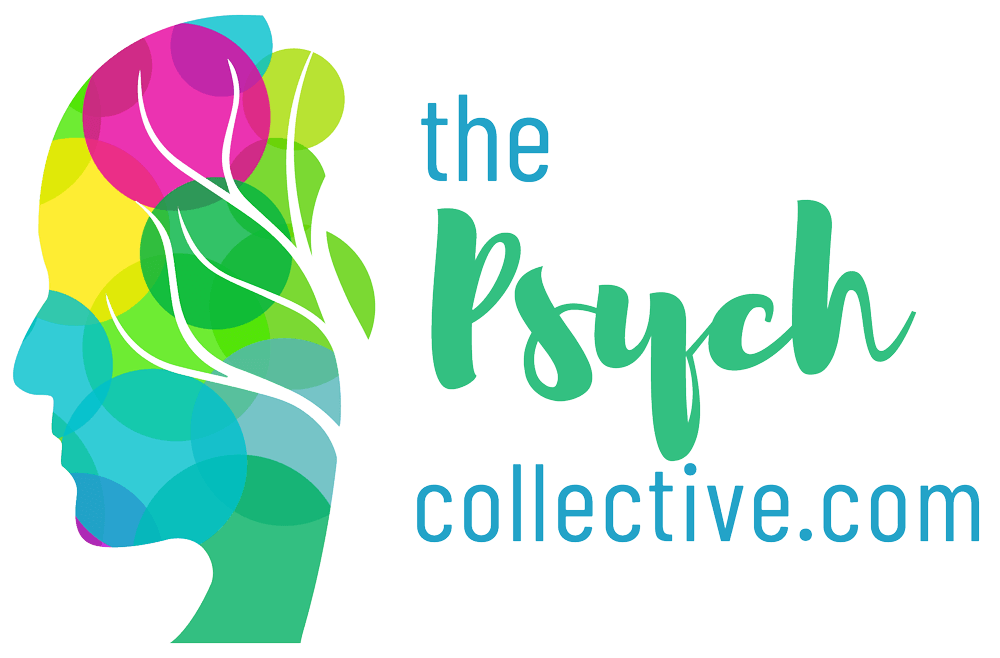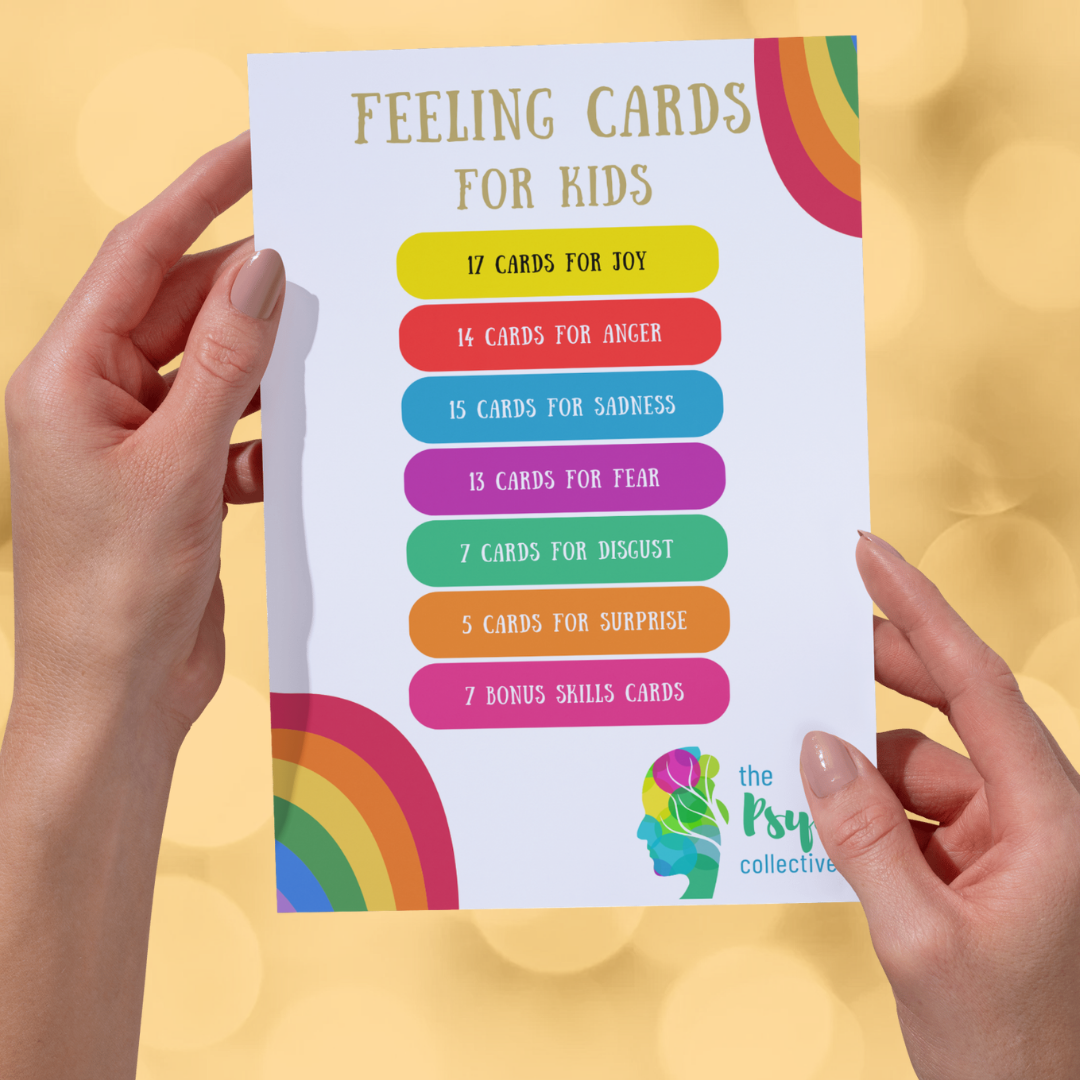The Five Dials: A Practical Guide to Medication and Mental Health
Crutches help you get to the surgeon.
Meds can help you get to a point were you can address the root causes.

The Five Dials: A Practical Guide to Medication and Mental Health
Welcome to a deep dive into the "Five Dials" framework—a practical way to understand how different types of medication affect your mood, motivation, arousal, and overall mental health. This post is based on insights from our latest book, The Depression Solution, and is designed to provide clarity on how medications work and what they do (and don’t do) for depression and anxiety. Let’s break it down, dial by dial.
The Five Dials: A Framework for Understanding Medications
Think of your mental health as a control panel with five key dials you can adjust:
- Sensitivity (Serotonin)
- Mental Arousal (Noradrenaline)
- Bodily Arousal (Adrenaline)
- Motivation and Reward (Dopamine)
- Sedation (Calming Everything Down)
Different medications work by tweaking one or more of these dials. Let’s walk through how each one works.
1. Sensitivity: The Serotonin Dial
Selective serotonin reuptake inhibitors (SSRIs) are among the most prescribed antidepressants. They tweak the sensitivity dial by increasing serotonin levels, reducing emotional sensitivity.
- How it helps: You feel less overwhelmed by negative emotions. Life feels a bit more manageable. But too much dose and you might feel blunted or zombified.
- Example Medications: Fluoxetine, Sertraline, Fluvoxamine (my favorite—it also helps reduce anxiety through the sigma receptor).
- Sedatives and Sensitivity: Sedatives also reduce sensitivity but at the cost of flattening emotional responses across the board.
2. Mental Arousal: The Noradrenaline Dial
Noradrenaline (or norepinephrine in the U.S.) boosts mental arousal, helping you feel sharp and focused. However, this comes with pros and cons.
- How it helps: At low doses, noradrenaline can improve alertness and cognition.
- Risk: Too much can increase anxiety, especially with medications like serotonin-noradrenaline reuptake inhibitors (SNRIs).
- Medications Used:
- SNRIs: Effective but tricky—higher doses increase anxiety.
- NRIs (like Reboxetine): A more targeted option when used sparingly on days you need the mojo, not on days were your on the brink of panic..
- Clonidine: Reduces mental arousal and is useful for PTSD-related nightmares.
3. Bodily Arousal: The Adrenaline Dial
This dial regulates how physically revved up you feel. Elevated bodily arousal can feel like a stress response (think racing heart or sweaty palms).
- How it helps: Reducing bodily arousal can make you feel calmer in situations where your body feels overwhelmed.
- Medications Used:
- Propranolol: A go-to for managing PTSD symptoms by blocking the physical panic response.
- Seroquel for sleep: Another option to reduce physical overdrive, potentially useful for sleep issues and nighttime agitation, but weight gain and blunting of mood might be a factor.
Even caffeine affects this dial—it’s detected by the body as a toxin, triggering a mild stress response. Cutting down can help reduce overall arousal.
4. Motivation and Reward: The Dopamine Dial
Dopamine drives motivation and reward, giving you that "feel-good" sensation from success or pleasure. However, over-reliance on dopamine from medication can dull natural rewards over time.
- How it works: Stimulants and some antidepressants boost dopamine, increasing motivation and energy.
- Challenges: If your brain becomes too used to dopamine boosts, you may experience a “dopamine threshold” problem, making everyday pleasures feel underwhelming.
- Medications Used:
- Stimulants: Like those used for ADHD, which increase dopamine significantly.
- Monoamine oxidase inhibitors (MAOIs): Old-school antidepressants, often a last resort.
- Antipsychotics: Reduce dopamine, which can help with mania but can also flatten emotions if used long-term. Blocking dopamine can mean blocking positive emotion potentially contributing to anhedonia.
5. Sedation: Turning Everything Down
Sometimes, the body and mind just need a break. Sedatives lower arousal and sensitivity but come with trade-offs.
- How it works: Sedatives turn down all the other dials, helping with agitation and insomnia, but can dull emotions and energy.
- Medications Used:
- Benzodiazepines: Fast-acting but addictive; best used in more dire situations.
- Antihistamines: A option for occasional sleep issues.
- Antipsychotics: Sometimes prescribed for sleep, but they blunt dopamine responses, which can reduce motivation and pleasure.
A Word on Medication and Root Causes
While medications can help adjust these dials, they are not the end game. They are helpful thought of as the crutches that get you to the surgeon. The goal is to address the root causes of depression and mental health struggles. Medications can provide relief, but long-term recovery comes from addressing root causes. That can entail building skills, changing habits, and finding meaning. We explore many of the root causes of Depression in our new book, The Depression Solution.
We always advocate for skills before pills, but in some cases, medications give people the confidence to practice those skills. When used correctly, they can be a powerful tool, but the focus should always be on addressing the underlying issues driving distress.
Conclusion: Adjusting the Dials is not addressing root causes
The "Five Dials" framework offers a practical way to understand how medications impact mental health. Each medication tweaks one or more dials, and finding the right balance is essential.
If you’d like to explore this topic further and learn more about addressing root causes, check out our book The Depression Solution.
Remember:
The goal isn’t just symptom relief (meds)
It’s getting to the heart of what’s really going on (root causes).
More:
Here's the video explainer where Dr AL and Jess explain how this works.
Download our recent PDF summary of medication and mood.
Download the root cause book: The Depression Solution.
Share
Categories
About Our Resources
We offer actionable resources and teach real skills to help people make meaningful change in managing mental health issues through different modes depending on people's learning preferences including infographics, text, worksheets, handouts and video.












